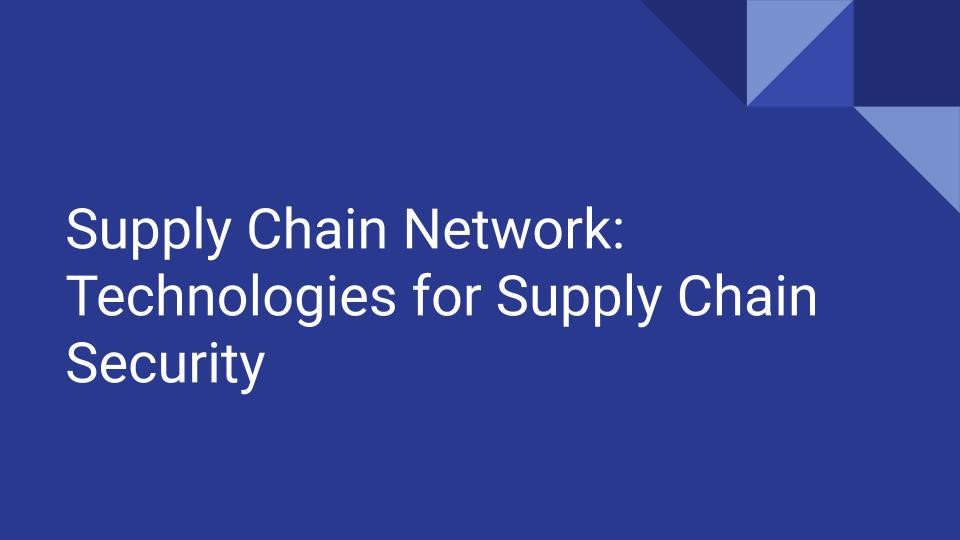
“It is impossible to improve any process until it is standardized. If the process is shifting from here to there, then any improvement will just be one more variation that is occasionally used and mostly ignored. One must standardize, and thus stabilize the process, before continuous improvement can be made.” – Masaaki Imai
One of the critical operational focuses that COVID-19 has highlighted is the need to have more optimized supply chain systems. Now more than ever, in a time where social distancing is the norm, companies have to ask themselves the critical question of how to keep their businesses thriving in a time where business activities are operating according to a new normal. Where human activities in a supply chain are being hindered by pending illness, it will be critical for systems to operate somewhat independently of human presence, and enable operators to actually see the system from a distance. The tool that will facilitate the accomplishment will be based in Industry 4.0. Seeing the supply chain, will enable the appropriate actions to be taken, in order to sustain production under all circumstances.
The supply chain, like all other systems, must be designed to be safe from technological breaches. With the current global conditions that require safer operations under a COVID-19 regime, it is important to ensure that all aspects of operational operation are robust. All systems are best operated under standardized practices, in order to ensure that the maximum optimization of the supply chain is achieved.
It is important to ensure that the IT infrastructure of a system is integrated into all aspects of the operational strategy. Computer systems are the backbone of operational facilities, and keeping up to date systems will ensure that critical information exchange is achieved. There are various aspects of the supply chain from the warehouse to the customer, and having the computing power to facilitate the tracing of products from the various stages of the supply chain will enable this to be so.
In a time where more automation will be required to facilitate production, risk management can be managed with the ability to zoom into an operational system. With IT infrastructures such as 5G, it will be possible to improve supply chain security by ensuring that security standards are embedded into supply chains and their integration from the beginning of the process.
Supply chain cybersecurity is an ever evolving technology, and organizations must ensure that they have a solid understanding of the baseline requirements for such systems before they issue contracts to new suppliers. Information sharing will be vital for a Just-In-Time operation, and the transparency across the supply chain will be key to achieving these objectives.
Factors to consider during the supply chain optimization process include real time information storage, and the creation of the system access to the relevant individuals. The ability to sustain real-time visibility of a supply chain will be critical to a modern supply chain. It will facilitate a clear vision of the supply chain, identify any bottlenecks in the supply, and enable a diversion where necessary.
While digital disruption can enable improvements in supply chain optimization, it will be important for an organization to ensure that it is strategic in its system upgrades. Just do what is necessary to see your system, and to enable the relevant system security to be achieved. It will be easy to be sidetracked by the fact that there are new technologies that are currently available on the market.
Business activities are always ongoing, and the key for an organization is to ensure that minimum resources are utilized in order to achieve the system security objectives. Just stay ahead of your biggest cyber threats and you will be able to achieve your objectives.
From a cyber security perspective, protecting information transfer via encryption tools is one critical way that an organization can optimize its system robustness. As organizations are increasingly operating in a market with multiple suppliers, partnerships will be a must. With more open systems however, there will be a need to boost system security.
COVID-19 as a pandemic, actually did have a significant impact on supply chains. The resultant solutions to the condition involved the utilization of tactics such as supplier diversification and optimized inventory management.
With a more open view of the supply chain, it is possible for organizations to sustain an appropriate inventory health. Utilizing infrastructure such as 5G, and integrating it across the entire supply chain, system data will be available for data interpretation. Clear system vision will enable business operations to be sustained.
